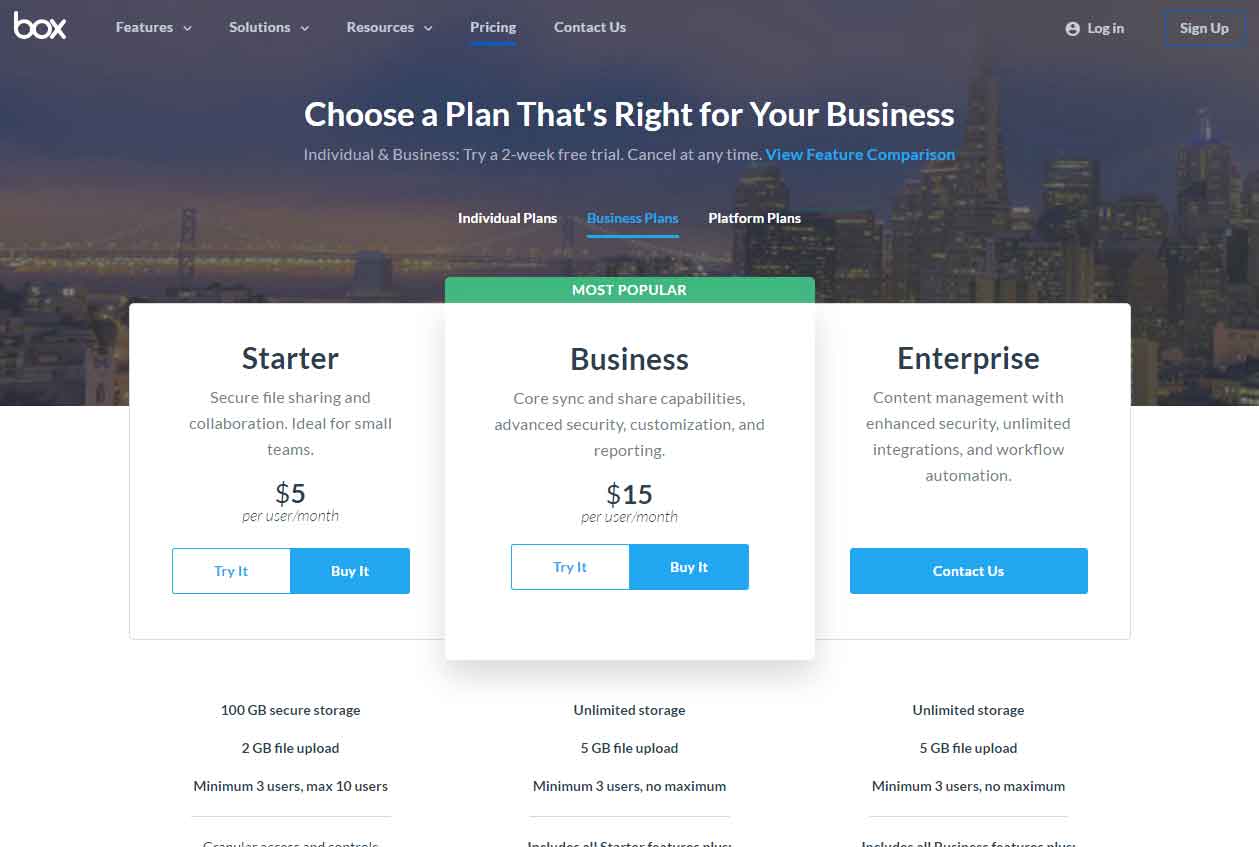Design for Conversion: Apply the Von Restorff Effect

Designers are at their best when they can make adjustments based on users' interaction history, right? Of course! Gather click and event data and implement design changes based on the insights gathered; that makes sense!
While there is, of course, no substitute for rigorous quantitative and qualitative data analysis to understand the behavior of users within a website or application, sometimes even a basic understanding of psychology can come in handy too, particularly early on in the user experience design process.
The Von Restorff effect, for example, predicts when multiple similar objects are present, the one that differs from the rest is most likely to be remembered. Also known as the "isolation effect," if digital-facing enterprises can leverage this knowledge of psychology to drive results from every stage of design they'll be better off for it.
Instances of the Von Restorff effect are quite common on the Web, particularly on service pricing pages. The Box.com pricing page seen below employs this technique to draw the attention of the user toward the most popular offering (and likely the most profitable one for them). By isolating one choice in a field of many, designers of the page help the enterprise improve recall of their most popular product offering, and ultimately conversion rate the lifetime value of all their customers.
What's the takeaway? Simple: seek out opportunities to emphasize (or de-emphasize) certain website or application elements and just watch the positive impact on performance - from increases in average order value to decreases in abandonment rate - that results.
How are you using this fundamental principle, the Von Restorff or Isolation Effect, in your own website design today? Share your insights with a comment below.







